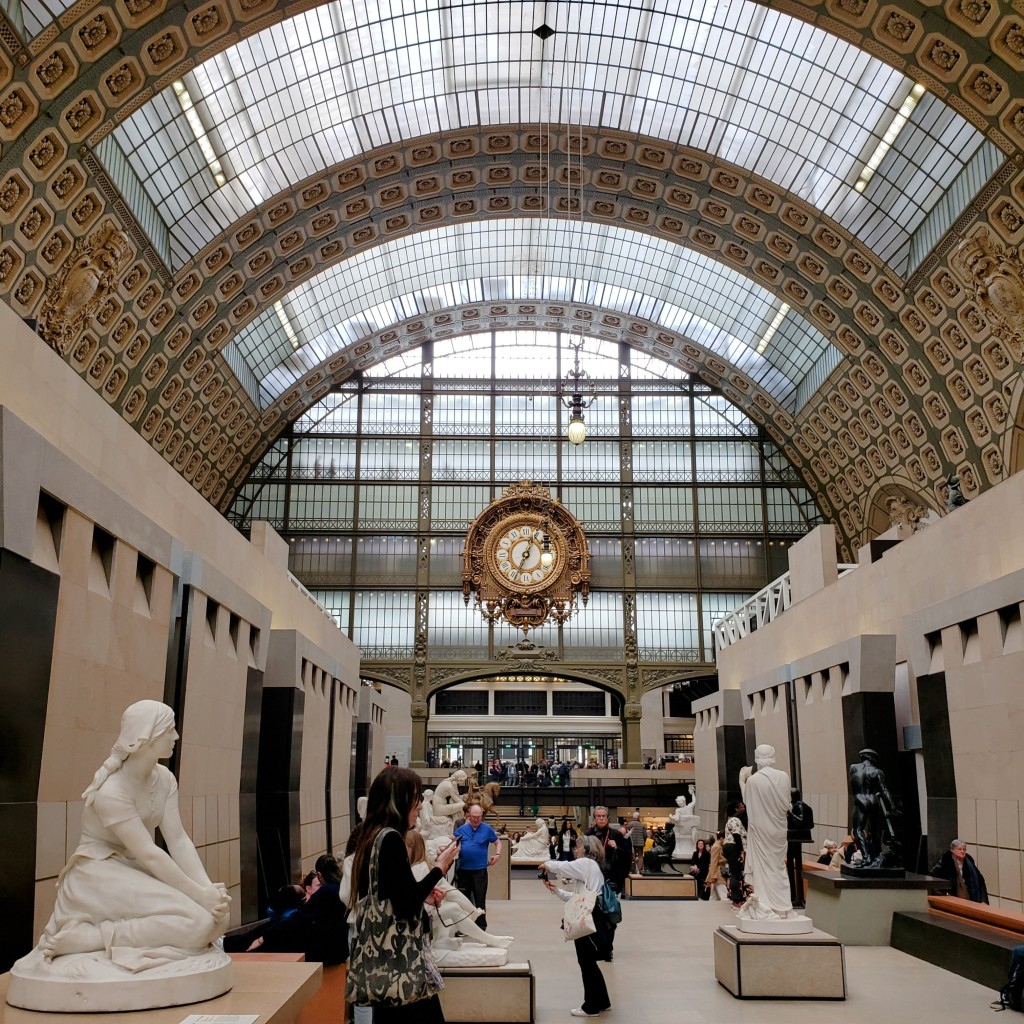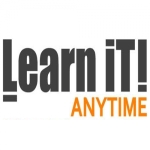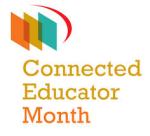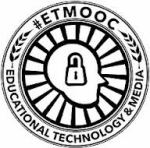There are clearly parallels between entering a new learning space onsite or online and stepping into an unfamiliar city. There is a sense of anticipation as well as one of fear of failure—particularly if the city into which we are stepping is one where the language is one in which we are nowhere close to being fluent, the subway and bus system is one we have not begun to master, and even the challenge of learning how to activate the systems that unlock doors or find someone to repair our glasses when one of the lenses chooses that moment to pop out of its frame.
In learning spaces, friends help each other; prop each other up; and, in the best situations, celebrate the positive, transformative learning moments that came from their collaborations; in immersing ourselves in unfamiliar cities, we immediately begin to make those cities feel somewhat familiar through the presence of our friends—those who timed their visits here to at least partially overlap with ours as well as those who, living here, are welcoming us as warmly as we welcome them each time they visit San Francisco.
Both in those learning spaces and in those unfamiliar and enticing new places—“classrooms” in their own right—we quickly realize that all that comes naturally, all that is familiar, suddenly is not at all available. Buying a ticket to gain access to a subway platform becomes a struggle; it is as if a lifetime of experiences has suddenly been snatched away, and even finding the right words to ask for help becomes a challenge, an exercise in redefining how we interact with the world that now surrounds us—and how, in turn, it responds to us. It changes, at a basic level, how we see ourselves.
The presence of our friends and newly-found acquaintances, on the other hand, keeps us from completely feeling adrift and disconnected—something I realize and appreciate as I willingly dive into the challenges of exploring and continuing to learn about Paris while I am handicapped by woefully inadequate knowledge of the language the Parisians speak. There is, of course, that completely liberating moment of realizing and accepting that I, like everyone else I know, am never completely alone, and none of us needs to function without the support and assistance of others. Each of us brings some overlapping experiences to the situation. And each of us brings a separate strength. Some of us, having been born in France and lived here all their lives, are here to walk us through what baffles us but is as natural to them as inhaling and exhaling is. Some of us have spent months preparing for our immersion by reading everything we can find about Paris—its history, is geography, its art, its churches, its parks—while others have continued to augment their knowledge of and comfort with the all-important art of communicating in French and translating for those of us who struggle tremendously with the language.
The central concept here is the concept of developing, nurturing, and sustaining a sense of community. One where each person brings something unique to the community. Contributes something important as well as pleasurable. And, when absent even for a moment, leaves the rest of us feeling as if the community is incomplete. And whether it is the shared and cherished moment of finding a small, welcoming sandwich shop where we enjoy a meal and conversation with each other as well as with the people who created, own, and make that inviting space what it is—a safe space for social learning in every sense of that term—or whether it is that experience of making reservations to see a popular new art exhibition in a series of very uncomfortably crowded galleries and then finding out that the reservation process didn’t work as it was meant to work, which requires us to renavigate the process of successfully gaining entry to the world-changing set of painting with which we are about to engage.
Our friendships grounded in years of common experiences grow deeper. Richer. Because we share and meet that challenge, or share a meal provided by the most welcoming and accommodating of service staff in the lovely setting of a world-class museum. Because we create new memories that bind us together more tightly than before and, as we look at Monet’s paintings of water lilies, we are simultaneously anticipating our upcoming visit to the home and garden where those exquisite images were brought into the world. Our friendships become richer as we have coffee at a table outside a café we have never seen before this moment and may well never see again. They become more firmly intertwined as we interact, together, with someone kind enough to put us back on track when we have unexpectedly taken a wrong turn.
The presence of our friends in unfamiliar settings is like the presence of colleagues with whom we struggle while engaged in a particularly challenging workshop or webinar. We thrive in our willingness to throw ourselves into the unfamiliar. To expand the sense of who we are and how we fit into the places we have entered. And we realize—and relish—that the more we push ourselves into those unfamiliar places—cities as well as learning spaces—accompanied by friends, the more we find ourselves.
NB: This is the third in a series of reflections on traveling and learning in Paris.





 Posted by paulsignorelli
Posted by paulsignorelli  So when I had an opportunity (earlier this week at the
So when I had an opportunity (earlier this week at the 
 It was a wonderful example of how a company’s interest in promoting its product—in this case,
It was a wonderful example of how a company’s interest in promoting its product—in this case, The levels of flexibility visible and inherent within the LearniT! approach to the summit (and to its day-to-day operations) played out to the benefit of the company and participants in magnificent ways. While there was not a lot of repetition among the session offerings, at least one—an introduction to
The levels of flexibility visible and inherent within the LearniT! approach to the summit (and to its day-to-day operations) played out to the benefit of the company and participants in magnificent ways. While there was not a lot of repetition among the session offerings, at least one—an introduction to 







